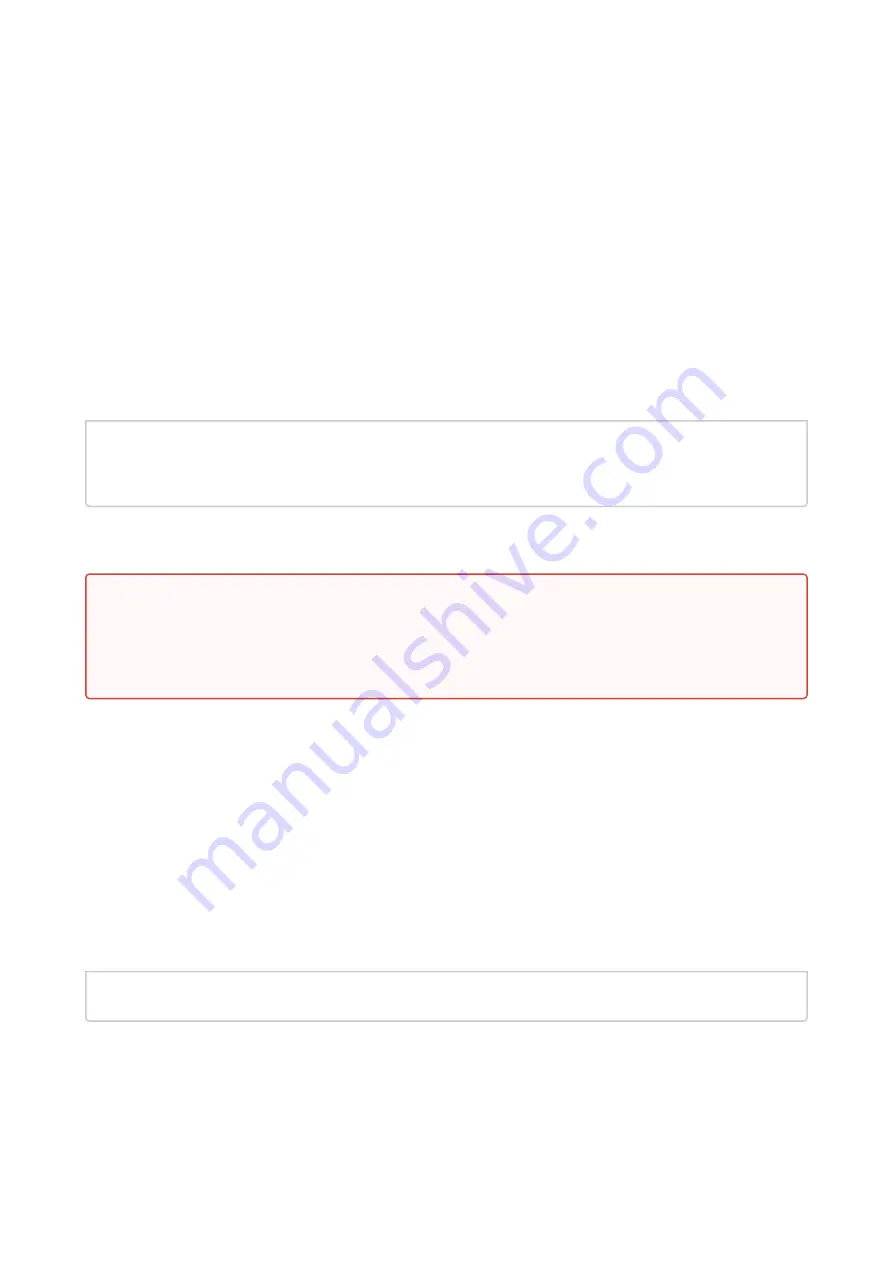
L-1017e.A3 i.MX 8M Plus BSP Manual
•
•
•
•
•
•
•
Getting Started
The phyBOARD-Pollux Kits are shipped with a pre-flashed SD-Card. It contains the
phytec-qt5demo-image
and can
be used directly as a boot source. The eMMC is programmed with only a U-boot as default. You can get all the
sources from our
This chapter explains how to flash a BSP image to SD Card and how to start the
board.
Get the Image
The *.sdcard image contains all BSP files in several, correctly pre-formatted partitions and can be copied to the SD
card easily using the single Linux command dd. It can be built byYyocto
or downloaded from our download server.
Get the
*.sdcard
file from our download server:
host$ wget https:
//download.phytec.de/Software/Linux/BSP-Yocto-i.MX8MP/BSP-Yocto-NXP-
i.MX8MP-PD22.1.0/images/ampliphy-vendor-xwayland/phyboard-pollux-imx8mp-3/phytec-
qt5demo-image-phyboard-pollux-imx8mp-3.sdcard
Write the Image to the SD Card
To create your bootable SD card, you must first find out the correct device name of your SD card and possible
partitions. Then unmount the partitions before you start copying the image to the SD card.
In order to get the correct device name, first remove your SD card and execute
ls /dev
.
Now insert your SD card and execute
ls /dev
again.
Compare the two outputs to find the new device name(s) listed in the second output. These are the device
names of the SD card (device and partitions if the SD card is formatted).
In order to verify the device names found, execute the command
dmesg
. Within the last lines of its output,
you should also find the device names, for example,
sde
(depending on your system).
Now that you have the device name
/dev/<your_device>
(e.g.
/dev/sde
), you can see the partitions which must be
unmounted if the SD card is formatted. In this case, you will also find
/dev/<your_device>
with an appended number
(e.g.
/dev/sde
1
) in the output. These represent the partition(s) that need to be unmounted.
Unmount all partitions:
host$ umount /dev/<your_device><number>
After having unmounted all devices with an appended number (
<your_device><number>
), you can create
your bootable SD card:
Warning
To create your bootable SD card with the
dd
command, you must have root privileges. Because of this, you
must be very careful when selecting the destination device for the
dd
command! All files on the selected
destination device will be erased immediately without any further query! Consequently, having selected
the wrong device can also erase your hard drive!




















